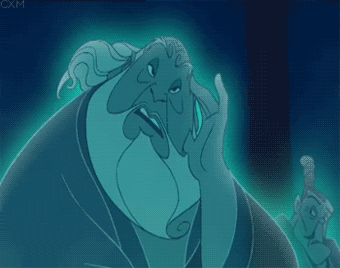It's sad saying goodbye to the old thread.
I'll hopefully be attending a tournament over here in the UK soon, if that happens and I do well enough and remember everything that I used to know (I'm funny), maybe I'll consider putting forward my name for this - but it might just be better to wait until I've rejoined a scene I can play with more commonly than 'a few times'.
My own thought:
It becomes increasingly obvious to myself and probably to others that the tools of a character cannot be looked at in a vacuum, especially in power scenes.The chances of going against a character that has the tools to nullify or counter your otherwise 'strong' tools increase with every tournament that expands in size each time (as most have been).
This is obviously why Ness has a weaker showing than peeps in recent times have given him credit for, but I think more interesting is Luigi.
@
 Shaya
Shaya
you mentioned Luigi had not been showing the prowess needed to place highly at major events whilst his dominance at regionals were astounding, and the logical answer I see is that Luigi's counters are less common but anti-meta, so it makes sense in the smaller tournaments he's less likely to run into his hard counters as opposed to larger-scale tournaments.
What does it all mean? It means, as several people have been saying for ages, that characters with polarising tools
in context (ie characters who's polarising tools allow them to be countered feasibly by at least one other character) will see less success than the characters with the overall more even set of tools at larger tournaments.
You all probably already guessed this.
But turn the tier list the other way for a second and apply it to the lower tiers. Polarising characters have the opposite effect so long as their polarisation allows them to feasibly counter other characters.
Mac's obvious weaknesses were off-set by a strength that was under-estimated, and whilst he sees no viability as a solo main due to particular crippling MUs, he retains a position above his peers because he also gains the flip side of being polarising - beating the characters who don't like his strength, or at least doing better against characters that beat him anyway.
You could take this thought further and discuss how feasibly being able to give a few characters significantly higher than you more trouble at the cost of a few more crippling MUs might actually be 'better' in terms of viability than being able to lose but not too badly to a whole lot more characters.
This is the true meaning of being a 'niche' character.
The next question might be to ask - is it actually possible to have a somewhat 'balanced' game where one such character sits at the top of the tier list, or those '60-40 at worst MUs' we were talking about earlier as the ideal of a fighting game roster such as this?
Probably not, because someone sitting at no 1. like that would mean either their strengths are so polarising their weaknesses don't matter enough to their 'would-be counters', or else their counters don't exist and in terms of the game they might as well just have skewed strengths without any 'true, abusable' weaknesses.
Of course this is made harder when the strengths and weaknesses aren't truly compensated for one another. Ness ended up top tier this game because rage mechanics + his already strong Bthrow + buffing his weakest element (recovery) + his already somewhat abnormally strong set of tools in Brawl (with CGs Ness would have been mid or upper mid probably, mostly held back by the fact that there were just better characters) just resulted in someone who's weakness did not balance out their polarising strength enough.

